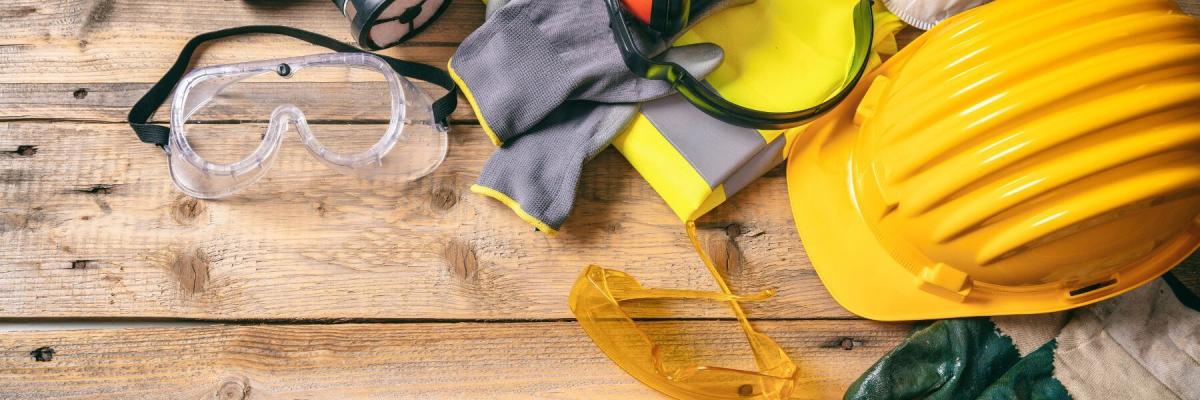
Construction is one of those industries that keeps the world turning--but that can't happen without an effective, efficient focus on safety. Here's how to promote safety culture in construction.
What Is Safety Culture?
Although occupational safety may not be a new concept, "safety culture" itself can have many definitions and may be a little more difficult to envision. Let's take a closer look:
Defining Safety Culture
All workplaces have a culture, whether it was designed and improved through active engagement or developed almost by accident. Safety is part of this culture in every industry, but it takes different forms in hands-on workplaces such as construction.
"Safety culture" specifically refers to the way a company treats safety topics--an attitude that, whether directly or indirectly, is sure to impact worker opinions and habits. For example, an organization with a strong safety culture may have regular meetings where employees can discuss concerns and best practices; an organization with poor safety culture, on the other hand, may imply that workers are more or less "responsible for themselves" by never providing necessary support.
Importance of Safety Culture in Construction
Industries like construction have specific guidelines for health and safety, but a "safety culture" is a little more difficult to pin down. As a result, discussions around safety culture usually highlight the benefits of building good habits, improving worker morale, and supporting teams rather than checking any specific boxes or meeting any particular regulations.
Tips for Construction Safety Culture
Wondering how to build safety culture in your construction workplace? Here are a few tips to get you started:
Utilize Safety Training
A good culture needs to be built on something strong, and when it comes to safety, the answer is often a safety training course. These opportunities allow workers to brush up on key topics, practice important habits, build better routines, and give themselves the mental space to focus on safety at work.
Go Beyond The Page
Although regulations from organizations like OSHA are critical in your field, they aren't the only way to build a safety culture--and, sometimes, not even the most effective. Don't ignore these regulations, but don't let them be the only thing that informs your culture. Instead, think about opinions, attitudes, connotations, and employee experience--and how these things influence or complicate the rules on the page.
Practice What You Preach
Don't say one thing and do another. Workers want to see that you respect them and your own rules enough to do what you're supposed to do, even in seemingly small moments. That means leaders at all levels should make sure to participate in safety culture right alongside other employees.
Make Things Personal
While certain processes and trainings always need to be by the book, safety culture itself is a much bigger concept--one that can often be personalized. Remember that culture is heavily influenced by the human element of your workforce, which means using smarter tactics--such as pairing up new and experienced workers for training sessions--can help you get more out of your safety approach.
Provide The Right Tools
Safety culture can't just be theoretical; it needs to come across in your physical workplace, too. That means it's always important to provide personal safety equipment, wearable devices, tool upgrades, and other improvements to daily tasks. This allows employees to take your safety culture from "conceptual" to "applicable," which will make it easier to implement real improvements.
Make Your Points Clear
Some employees may be used to doing things the hard way or taking care of themselves. This can create a hardy, determined workforce, but it isn't necessarily the best for morale--or safety. Make sure workers know why safety culture is so important to your organization and that it's not just about avoiding costly insurance claims. When workers see you actively improving their experiences, protecting their well-being, and taking their opinions into account, it will be easier for them to lean into your safety culture and even contribute to it.
Conclusion
Safety culture is present in all workplaces, whether purposefully or not. However, the key--especially in industries like construction--is to make sure that culture is purposeful. Pay attention to what you're saying, how you're saying it, and whether you're backing up your words with action, as construction workers are looking for a safety culture that truly resonates.
Contact us today to learn more about building safety culture with solutions like training courses.
